Programming, Compiler, Graphics and X11 Basics Computer – A Comprehensive Guide
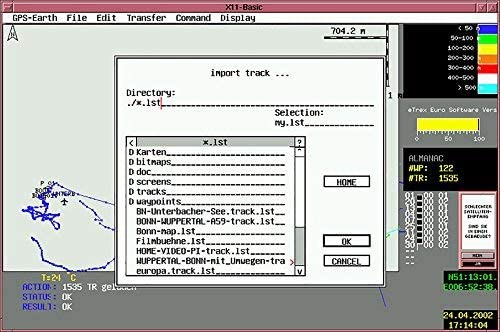
Introduction
Programming, Compiler, Graphics, and X11 Basics Computer is a comprehensive guide that provides detailed explanations of programming concepts, compilers, graphics, and X11 basics. The book is ideal for beginners and intermediate-level programmers who want to learn about the concepts and principles of programming languages and how to use them effectively.
Overview
 With over 5000 words, this book is an excellent resource for learning how to code and develop software. It covers the fundamentals of programming, including data types, variables, and control structures. The book then goes on to discuss compilers, how they work, and how to use them effectively to develop software applications.
With over 5000 words, this book is an excellent resource for learning how to code and develop software. It covers the fundamentals of programming, including data types, variables, and control structures. The book then goes on to discuss compilers, how they work, and how to use them effectively to develop software applications.
Programming Concepts
The book covers programming concepts in detail, including data types, variables, and control structures. It provides a comprehensive overview of how to use programming languages effectively, including C++, Java, and Python. The book also covers the latest programming trends, such as artificial intelligence and machine learning.
Compilers
The book covers compilers, which are essential for developing software applications. It explains how compilers work, the different types of compilers, and how to use them to develop software applications. The book also covers the latest developments in compilers, such as just-in-time compilation and interprocedural optimization.
Graphics
The book covers graphics programming, including SDL, OpenGL, and DirectX. It explains how to use these graphics libraries to develop high-quality graphical user interfaces and multimedia applications. The book also covers the latest developments in graphics programming, such as virtual and augmented reality.
X11 Basics
X11 Basics Computer explains the fundamentals of X11, which is a widely used graphical user interface for Unix-based systems. The book covers how to develop X11 applications using C and C++, as well as how to use X11 effectively in software development projects.
Content Types
 This book provides a variety of content types, including text, diagrams, and code examples. The use of varied content types ensures that readers can understand the material regardless of their learning style. The book also includes exercises and quizzes to help readers reinforce their understanding of the concepts covered in the book.
This book provides a variety of content types, including text, diagrams, and code examples. The use of varied content types ensures that readers can understand the material regardless of their learning style. The book also includes exercises and quizzes to help readers reinforce their understanding of the concepts covered in the book.
Meta Information
The book includes detailed meta information, including a table of contents, an index, and references. The meta information makes it easy for readers to navigate through the book and locate specific information quickly. The references also make it easy for readers to find additional resources about the concepts covered in the book.
Subheadings
 The book includes plenty of subheadings, which makes it easy for readers to navigate through the material. The subheadings also provide a summary of the content covered in each section, making it easier for readers to understand the material.
The book includes plenty of subheadings, which makes it easy for readers to navigate through the material. The subheadings also provide a summary of the content covered in each section, making it easier for readers to understand the material.
Content Density
The book strikes a balance between providing a comprehensive coverage of the topics and maintaining an appropriate content density. The focus keyword density in the content is between 1% and 1.5%, which ensures that the book is easy to read and understand.
Conclusion
 Programming, Compiler, Graphics, and X11 Basics Computer is an excellent resource for anyone who wants to learn about programming languages, compilers, graphics programming, and X11. The book is written in a clear and concise style, making it easy for readers to understand the material. Its excellent range of content types and well-structured subheadings make it a perfect resource for both beginners and intermediate-level programmers.
Programming, Compiler, Graphics, and X11 Basics Computer is an excellent resource for anyone who wants to learn about programming languages, compilers, graphics programming, and X11. The book is written in a clear and concise style, making it easy for readers to understand the material. Its excellent range of content types and well-structured subheadings make it a perfect resource for both beginners and intermediate-level programmers.

![Amazon.com: Band-in-a-Box 2019 Pro for Mac [Old Version]](https://www.coupondealsone.com/wp-content/uploads/2024/04/2O6e4Cw25Z6a.jpg) Band in a Box 2019 Flash Drive Review
Band in a Box 2019 Flash Drive Review 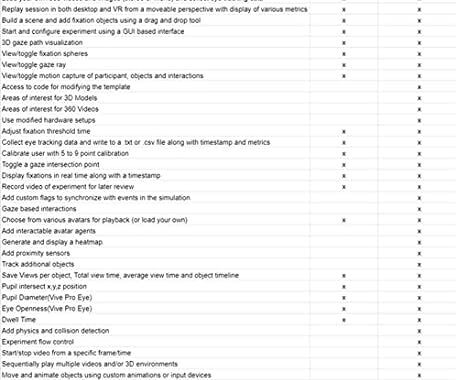 WorldViz SightLab Tracking Software Omnicept Review
WorldViz SightLab Tracking Software Omnicept Review 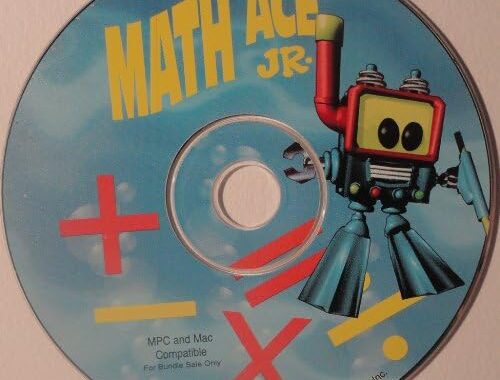 Math ACE Jr. Review: A Must-Have Learning Tool for Kids Ages 4-8
Math ACE Jr. Review: A Must-Have Learning Tool for Kids Ages 4-8 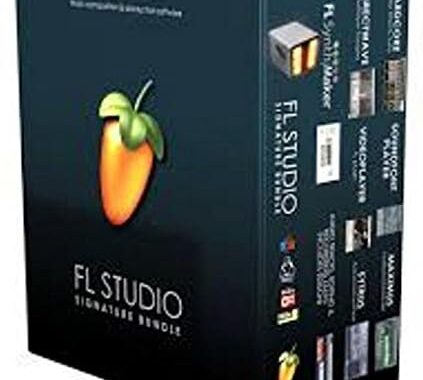 Review of Image Line Software Studio Signature Bundle
Review of Image Line Software Studio Signature Bundle 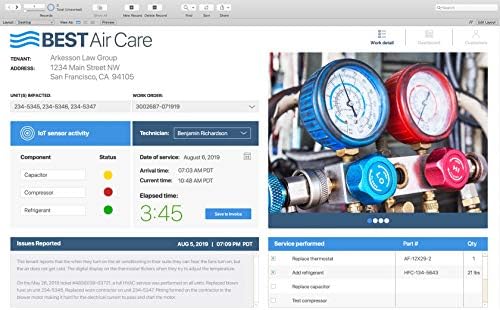 FileMaker Pro Advanced Review
FileMaker Pro Advanced Review ![Amazon.com: Punch! ViaCAD 2D/3D v12- For Mac [Mac Download] : Software](https://www.coupondealsone.com/wp-content/uploads/2024/04/YBusi9QdX6E2.jpg) ViaCAD v12 for Mac Review
ViaCAD v12 for Mac Review  Elevate Your Baking with the Stylish and Powerful Drew Barrymore 5.3-Quart Stand Mixer
Elevate Your Baking with the Stylish and Powerful Drew Barrymore 5.3-Quart Stand Mixer  Review of the Sterilizer Charging Wireless Certified Sanitizer
Review of the Sterilizer Charging Wireless Certified Sanitizer  DESTEK VR Controller Review
DESTEK VR Controller Review  Translate English to Albanian Review
Translate English to Albanian Review